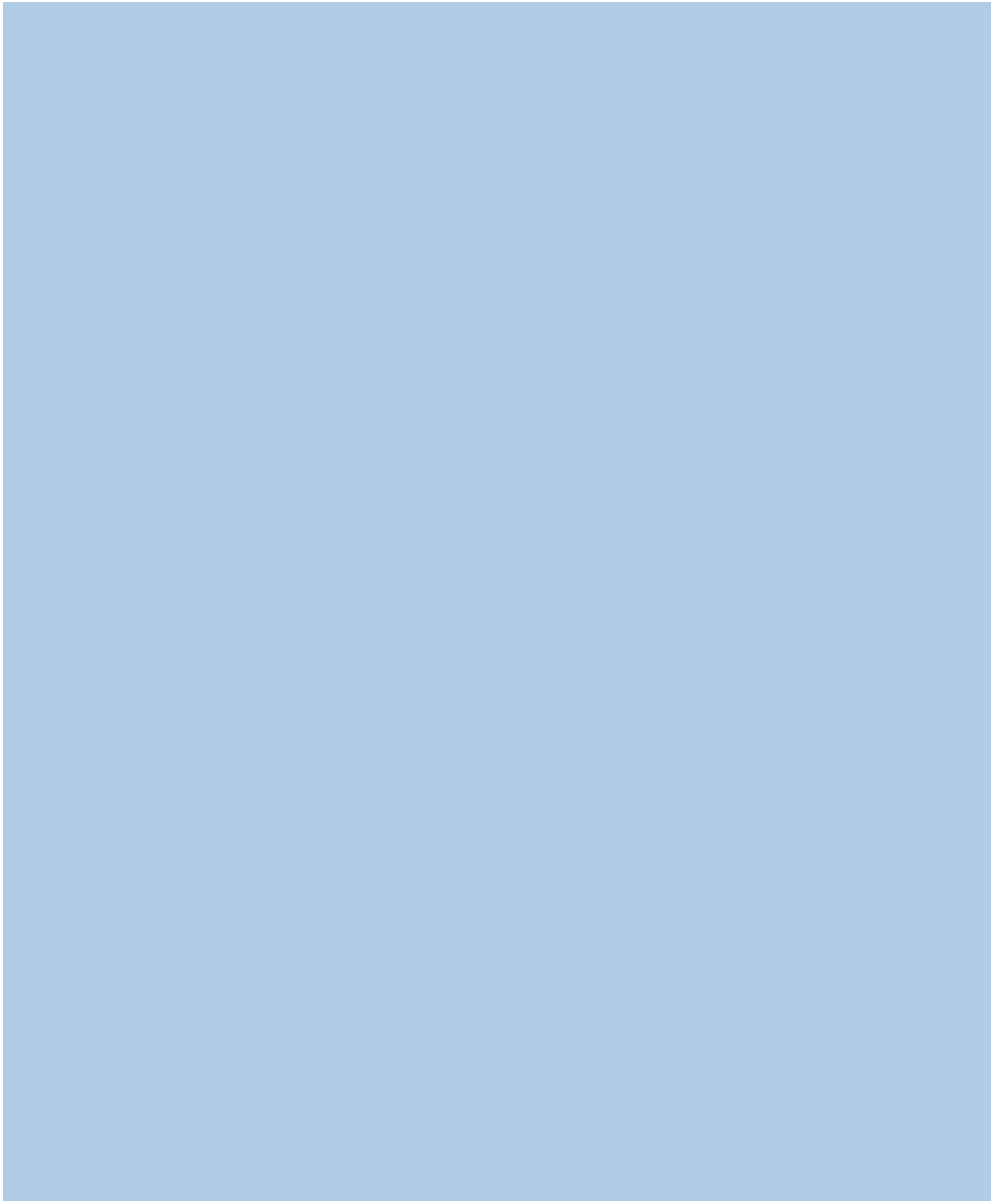

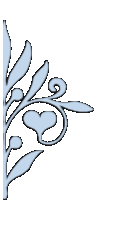
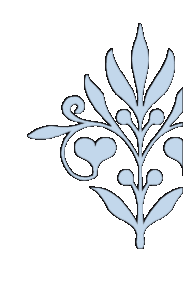
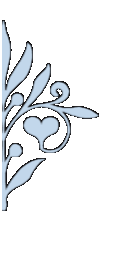
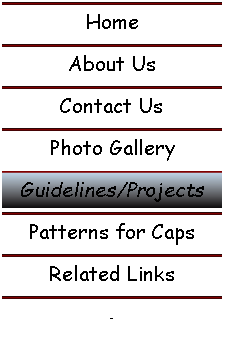






|
These can be as simple as an oversived scarf or with an elaborate pattern. I’ve made several with a basic, repeating pattern and have been very happy with the results. See basic guidelines below. |
|
These are a favorite thing to make but they do take a bit more time and yarn. Great project for the winter! See guidelines and sizes below. |
|
These are also fun, easy and a great place to start whether you are learning to knit or crochet. You don’t have to worry about sizing a scarf so it makes them a perfect project for a beginner. See guidelines below. |
|
Chemo Caps |
|
Blankets or Afghans |
|
Shawls |
|
Scarves |
|
Guidelines and Project Ideas |
|
Guidelines for all projects: 1. Must be handmade and new 2. Preferably washable 3. Synthetic, cotton or acrylic yarns are preferred. Some natural fibers are fine but some people are allergic to wool and some wool yarns tend to be itchy to sensitive skin. 4. Be creative with the yarn—there are plenty of fun and colorful yarns out there. Soft is best and without lots of bumps or lumps. 5. Some of the fun fur yarns are especially nice and soft 6. Some of the baby yarns make wonderfully soft projects.
Ideas for chemo caps:
1. Knitted hats worked in the round (on circular needles) are easy and can be more comfortable without a back seam. 2. Solid knit or crochet hats (meaning without a lot of holes in the pattern –not solid-colored!) are preferred by most patients. Some patterns with an open or lacy pattern allow too much of the scalp to show. 3. Thinner, seamless, cotton caps are good for sleeping and increased comfort. 4. Men’s hats are also needed—a wide rib pattern (2X2) or (2X1) make a hat look more masculine.
Size Chart for hats:
Knitted or crocheted hats should be made about 1- 1 1/2" smaller around than the head circumference, as the hats should stretch and sizes are not an exact science! If you make it, someone will fit into it. =) Newborn
Baby 6 to 12 months
Child (3 - 10 years) Hat height = 6.5”
Pre-teens and Teens Hat height = 7-8”
Adult Woman
Adult Man
Ideas for Scarves:
These are ultra simple and no pattern is really needed for a basic scarf. However, there are lots of fun patterns out there if you wish to challenge yourself.
1. Width of scarf should be between 6 and 8 inches. Length can be between 60 and 80 inches. 2. Some of the fun and colorful yarns make great scarves. Also try using 2 or 3 coordinating yarns and big needles or hooks to make a fabulous scarf. This is an super quick project also.
Ideas for Shawls:
1. Size varies by person but a general guideline is 20 inches by 60 inches. Fringe may or may not be added. 2. Shape can be rectangular or triangular. Rectangular is warmer (in my opinion) but triangular is less bulky for tying around the shoulders. 3. A solid knit or crochet pattern is warmer, i.e., one without lots of holes or a lacey pattern.
Ideas for blankets/afghans:
1. Check out the links page for pattern ideas—there are tons out there. 2. General sizes for blankets are: · Baby blanket: 28 X 30 · Lap throw: 36 X 36-48 · Full size throw/afghan: 48 X 60 |





